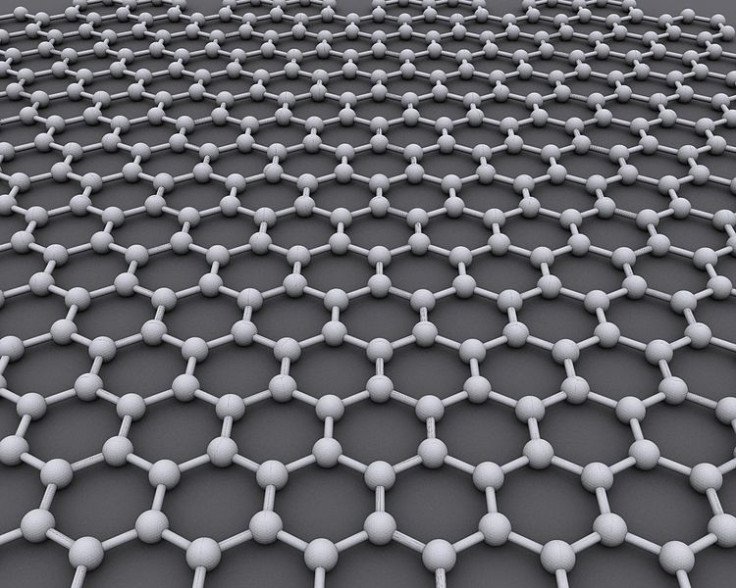Super material which could be perfect conductor of electricity made in lab

A single layer of tin atoms that could be the world's first material to conduct electricity with 100% efficiency at room temperature has been made in the lab.
Stanene is believed to be a strong rival to graphene and other two-dimensional materials like phosphorene, silicene or germanene. This is because the material made of tin atoms is believed to be so conductive as to allow flow of electricity without any heat loss.
Shou-Cheng Zhang, a physicist at Stanford University and his colleagues at four universities in China, created the mesh by vaporising tin in a vacuum and allowing the atoms to collect on a supporting surface of bismuth telluride.
A two-dimensional honeycomb structure of tin atoms was made. However, the substrate and stanene interacted to disrupt the conditions that would have created the perfect conductor, reports Nature.
The team plans to use larger amounts of tin and an inert substrate to rule out interaction.
Zhang had predicted two years ago that a stanene sheet could be a topological insulator at room temperature with electrons restricted to travel along the edges of the sheet without colliding with other electrons or atoms. The electrons in defined lanes have no speed limit.
Applications
Stanene could increase the speed and lower the power needs of future generations of computer chips that operate at room temperature.
An immediate application was predicted in microprocessor wiring that could significantly reduce the power consumption and heat production of microprocessors.
Topological insulators have been delivered in mercury telluride and combinations of bismuth, antimony, selenium and tellurium but none exhibit conduction at room temperature.
But not all researchers are sure that the structure created at Stanford is indeed stanene. Direct measurements of the crystal arrangements only can confirm this but that will call for larger amounts of the material.
For now Zhang and his team are going by what they could see of the upper surface showing a buckled honeycomb as predicted.
© Copyright IBTimes 2025. All rights reserved.




















